SUMMARY
This is AI generated summarization, which may have errors. For context, always refer to the full article.
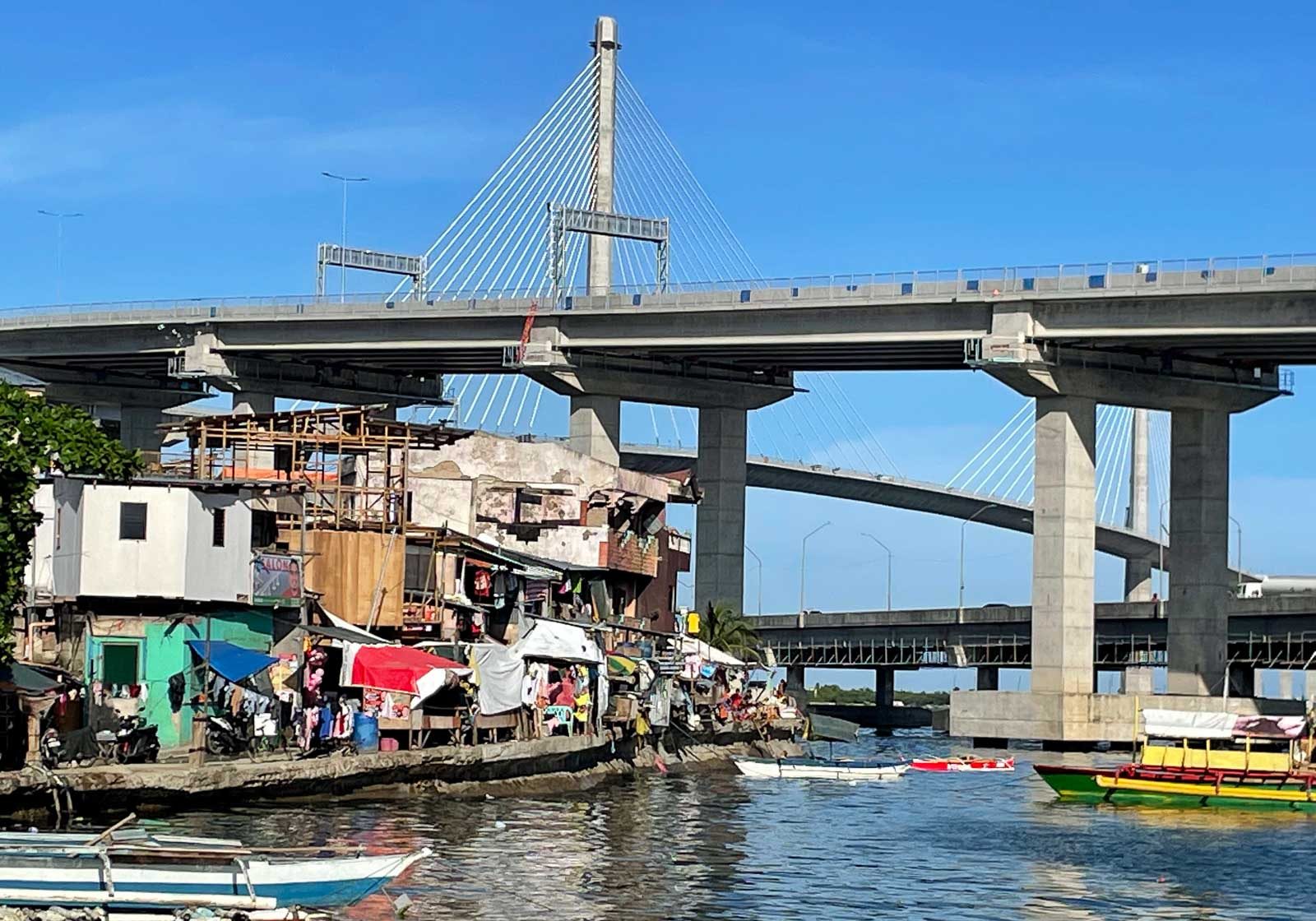
MANILA, Philippines – On the eve of President Ferdinand Marcos Jr.’s second State of the Nation Address (SONA), a Social Weather Stations (SWS) survey revealed that 45% of Filipinos still feel poor (mahirap). The survey was released on Sunday, July 23, and was conducted from June 28 to July 1.
While self-rated poverty remained high in the SWS’ latest survey, it is a significant improvement – a decline of 6 percentage points – compared to March 2023 when Poor families were at 51%.
In 2023, the Philippines’ poorest families struggled with rising food prices due to high inflation rates, although inflation tapered off in the second quarter of the year. (READ: About 7 of 10 Filipinos having difficulty finding a job nowadays – SWS)
According to the survey, 33% of families consider themselves “borderline,” while 22% rate themselves as “hindi mahirap” or not poor.
The percentage of “borderline” families remained steady at 33% (from 30%), while the percentage of “not poor” families increased from 19% in March to 22% in June 2023.
In actual numbers, this means that about 12.5 million people identify as poor, down from 14 million in March 2023, based on the Philippine Statistics Authority’s medium-population projections for this year.

Self-rated food poverty declined to 34% from 39% last March 2023. Meanwhile, 38% said they were “food borderline,” while 29% said they were “not food poor.”
Among the regions, Mindanao saw the most significant decrease in self-rated food-poor families, dropping from 52% in March 2023 to 40% in July. Other areas, including Metro Manila, Balance Luzon, and the Visayas, only saw slight changes in food-poor percentages.

The survey asked those who were self-rated non-poor (either “Borderline” or “Not Poor”) if they had ever experienced being poor in the past. According to the SWS study, the total percentage of non-poor families consisted of 18.9% who were poor 1-4 years ago (“Newly Non-Poor”), 12.1% who were poor five or more years ago (“Usually Non-Poor”), and 23.7% who never experienced being poor (“Always Non-Poor”).
A smaller number fell in the other direction. Among the 45% who identified as poor, 7.2% were considered “newly poor,” where they previously considered themselves “non-poor” only 1 to 4 years ago.
The “Self-Rated Poverty Threshold” refers to the minimum monthly income that self-rated poor families said they needed to no longer consider themselves “poor.” This threshold was pegged at P15,000 in the past six quarters of 2023.
“However, the national median Self-Rated Poverty Gap increased from P6,000 in March 2023 to P7,000 in June 2023, indicating a potential strain on families’ budgets for home expenses,” the SWS said.
Last July 2022, Marcos’ economic team laid out their plans to recover following the global pandemic, which crippled the Philippine economy. Marcos aims to lower the poverty rate to 9% by the end of his term in 2028.
Earlier in July, the government rolled out the pilot food stamp program to aid poor families struggling to buy food due to economic conditions, spearheaded by the Department of Social Welfare and Development (DSWD). (READ: 5 areas selected to pilot DSWD’s food stamp rollout)
This latest SWS survey was conducted using face-to-face interviews of 1,500 adults (aged 18 and above) nationwide: 600 in Balance Luzon, and 300 each in Metro Manila, the Visayas, and Mindanao.
The sampling error margins are ±2.5% for national percentages, ±4.0% in Balance Luzon, and ±5.7% each for Metro Manila, the Visayas, and Mindanao. – Rappler.com
Check out our SONA 2023 developing story page for live updates, commentary, videos, fact checks and analyses as President Ferdinand Marcos Jr delivers his second State of the Nation Address.
Follow Rappler’s coverage of SONA 2023, including the latest updates on road closures and alternate traffic routes, class suspensions, and political developments.
Add a comment
How does this make you feel?
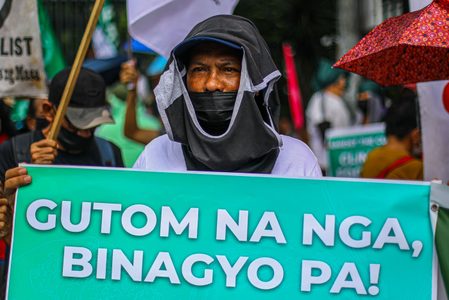

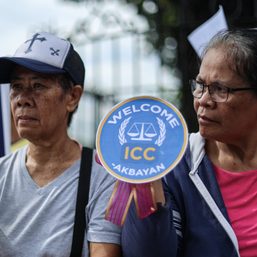
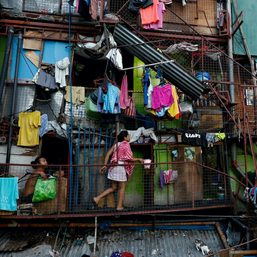
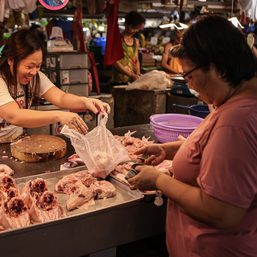
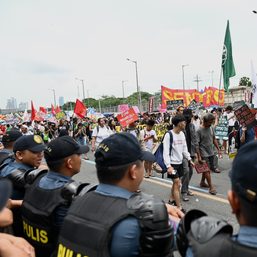

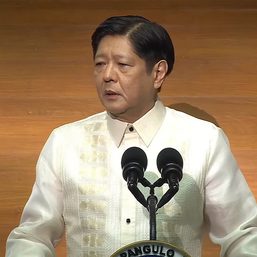
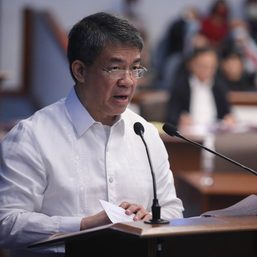
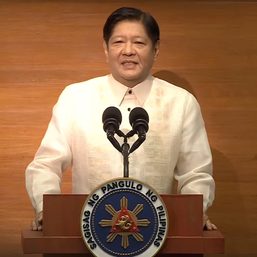
There are no comments yet. Add your comment to start the conversation.